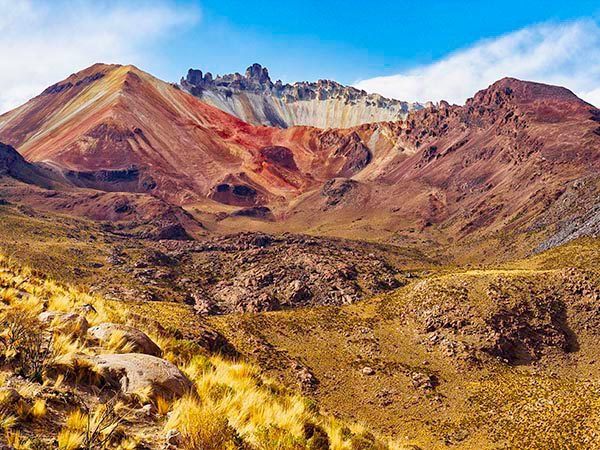Your cart is currently empty!
Lesson 5: The Guide to Getting Creative Control Of Your Camera
Cameras have become very simple to operate over the last couple of decades. Most now include settings for different subjects such as portraits and landscape. Despite this wealth of technology any serious camera will also include what are referred to as the creative camera controls. This article expalins creative camera control and how you might use this in your photography.
Introducing Creative Camera Control
Pause for a moment and examine the top of your camera. It’s likely that you will see a dial with letters such as M, A, S and P. You can see an example image below showing these.
These settings provide you with control over two critical elements in the picture taking process; the aperture and shutter speed.
The typical creative camera controls are:
- A (or possibly Av) = Aperture priority where you set the aperture and the camera will set the shutter speed.
- S (or possibly Ts) = Shutter priority where you set the shutter speed and the camera will set the aperture
- M = Manual mode where you are free to set both the shutter speed and aperture
- P = Program mode which is really an automated mode where the camera will set both the shutter speed and aperture. This doesn’t provide us any creative control so we will ignore it in this tutorial.
Exposure Control
Notice in the above description of the A and S settings, the camera will set either the Shutter Speed or Aperture. It does this by determining the correct exposure for the scene and then sets the speed or aperture required to produce this. You control one dimension of the exposure equation and the camera controls the other.
There are times when it’s not possible for the camera to produce the correct exposure as the required setting is beyond its capability. When this happens you might need to adjust the ISO setting which is the third element of the exposure equation. It might even be necessary for you to use accessories, for example a tripod if the shutter speed is too slow to hand hold or a Neutral Density filter if the shutter speed is too fast for the camera to achieve.
When you place your camera in the full manual mode (M) you are free to set both the shutter speed and the aperture, with no intervention from the camera. This is perhaps the ultimate creative camera control but it can also be tricky to use. Whilst it gives you complete control it also means you’re responsible for achieving a correct exposure. For most photography, this level of control provides little if any additional benefit.
Creative Camera Control is more than Exposure Control
Whilst we have focussed on exposure, the aperture and shutter speed allow us to control more than this. Using these controls we can introduce creative effects into our photography. Being able to control these effects is essential to the professional photographer and can’t be left to chance. This is one of the reasons the A, S and M controls are used so frequently and helps them set their photography apart.
Controlling the Aperture
The aperture allows us to control the depth of field in our photographs. In case you’re not familiar with the term depth of field I will take a moment to explain it. When you take a photograph you will focus on a point within the frame. This is the true point of focus and is the only point in the frame that can be in focus. As you move away from this point the image will gradually become less in focus and will begin to appear blurred. The depth of field is the area in front and behind the point of focus that appears to be in sharp focus.
For some photographs we may use a shallow depth of field to focus the viewer’s attention on a single point. Take a look at this flow photograph which has used a shallow depth of field.
We can create a shallow depth of field by using a wide aperture.
For some photographs we use a large depth of field that extends from the near foreground to the distant horizon, such as the Landscape image below.
We can create a great depth of field by selecting a small aperture.
It’s our job as a photographer to decide if we want a large depth of field or a shallow depth of field and then set the camera aperture to achieve this. The aperture is measured in f-stops, which is explained in my article What is an f-stop.
Controlling the Shutter Speed
The shutter speed allows us to freeze or blur movement in our photographs and again this can be used to great creative effect. A fast shutter speed will help freeze fast moving objects in the frame. Equally a slow shutter speed can help blur any movement. Look at the following image where the motion of the waves has been blurred using a slow shutter speed.



